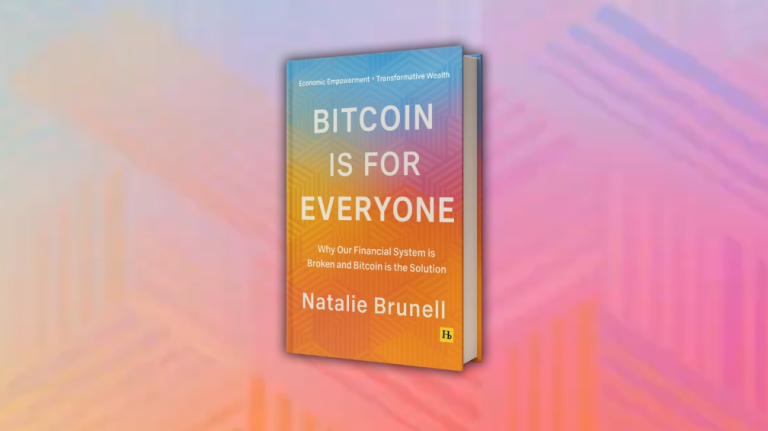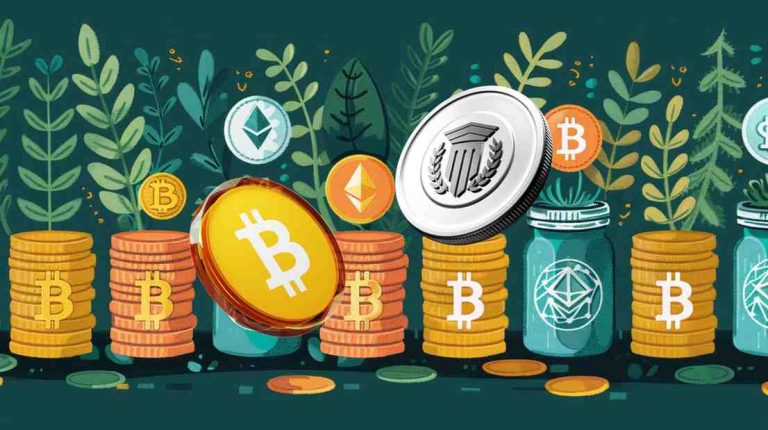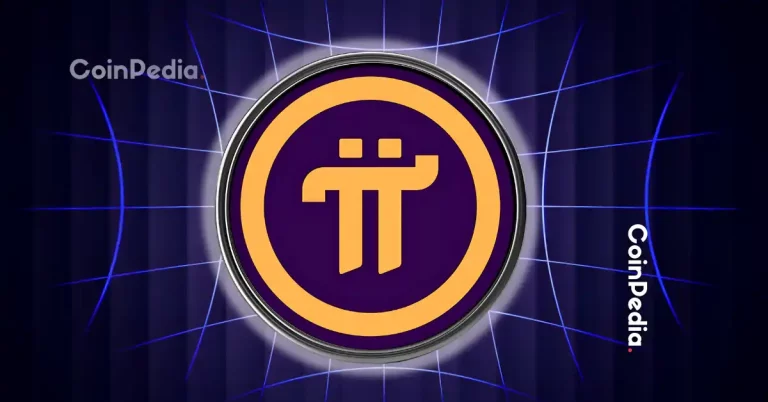
Cultural Shifts and Societal Trends Leading to 2025
Cultural shifts and societal trends are continually evolving, and as we approach 2025, it’s essential to understand the factors that will shape our world. Cultural shifts and societal trends will have a significant impact on our daily lives, from the way we interact with technology to the way we consume goods and services.
Technological Advancements
One of the most significant cultural shifts we’ll see leading up to 2025 is the continued advancement of technology. Artificial intelligence, blockchain, and the Internet of Things (IoT) will become increasingly integrated into our daily lives, transforming the way we work, communicate, and entertain ourselves. Virtual and augmented reality will also become more prevalent, changing the way we experience entertainment, education, and even healthcare.
Changes in Consumer Behavior
Another significant trend we’ll see is a shift in consumer behavior. With the rise of social media and online shopping, consumers will become more discerning and demanding, expecting personalized experiences and instant gratification. Sustainability and environmental consciousness will also become key considerations for consumers, driving demand for eco-friendly products and services.
Demographic Changes
The world’s population is projected to reach 9.7 billion by 2025, with significant demographic changes on the horizon. The population is aging, with the number of people over 65 expected to increase by 50% between 2020 and 2025. This will have significant implications for healthcare, social security, and the workforce.
Urbanization and Migration
Urbanization and migration will also continue to shape our world, with more people moving to cities in search of economic opportunities and better living standards. This will put pressure on urban infrastructure, housing, and services, but also create new opportunities for innovation and growth.
Conclusion
In conclusion, the cultural shifts and societal trends leading up to 2025 will be shaped by technological advancements, changes in consumer behavior, demographic changes, and urbanization and migration. As we move forward, it’s essential to understand these trends and their potential impact on our daily lives, from the way we work and interact with technology to the way we consume goods and services.





